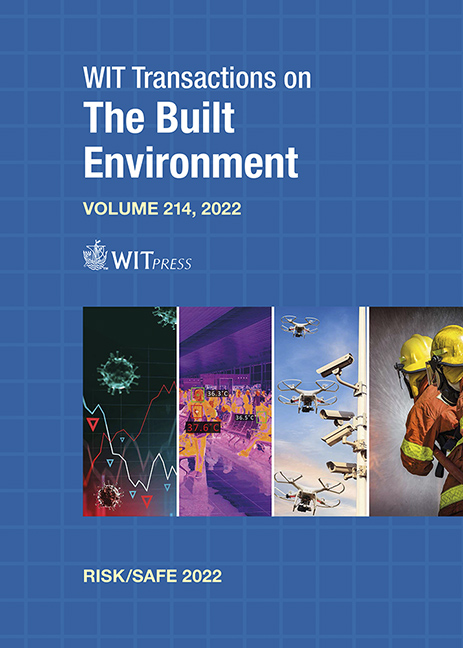PROMOTING SYSTEM SAFETY AND RELIABILITY THROUGH RISK QUANTIFICATION/VISUALISATION METHODOLOGY
Price
Free (open access)
Transaction
Volume
214
Pages
12
Page Range
149 - 160
Published
2022
Paper DOI
10.2495/SSR220121
Copyright
Author(s)
TAKAFUMI NAKAMURA
Abstract
In this paper, a meta-methodology for holistically examining system failures is proposed to prevent their further occurrence. This methodology was introduced as a meta-methodology called system of system failures (SOSF). SOSF is represented in a three-dimensional space. In addition, a topological method used to monitor failure events within an SOSF space was presented to visualise the trajectory of system failures. A method was developed for quantifying the risk factors for a system failure that enables the factors to be quantified, monitored, and compared among the systems, and whose usage promotes system safety and reliability. The method was introduced using an interaction and coupling (IC) chart based on normal accident theory. An IC chart is used to classify object systems based on an interaction (linear or complex) and coupling (tight or loose); however, its effectiveness is limited by a subjective classification. The proposed method quantitatively (i.e. objectively) measures the risk factors and thus compensates for the subjectivity of an IC chart. Application examples in information and communication technology (ICT) engineering demonstrate that the proposed method applied to quantitatively monitor the risk factors helps improve the safety and quality of various object systems.
Keywords
risk management, system failure model, normal accident theory, interaction and coupling chart, information and communication technology




